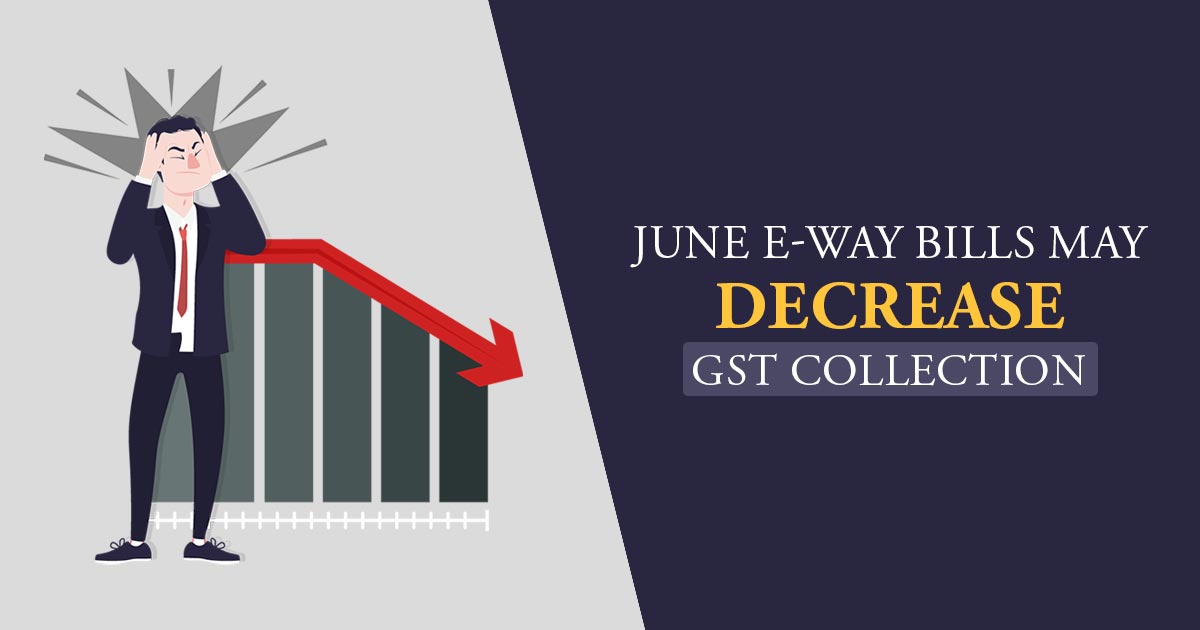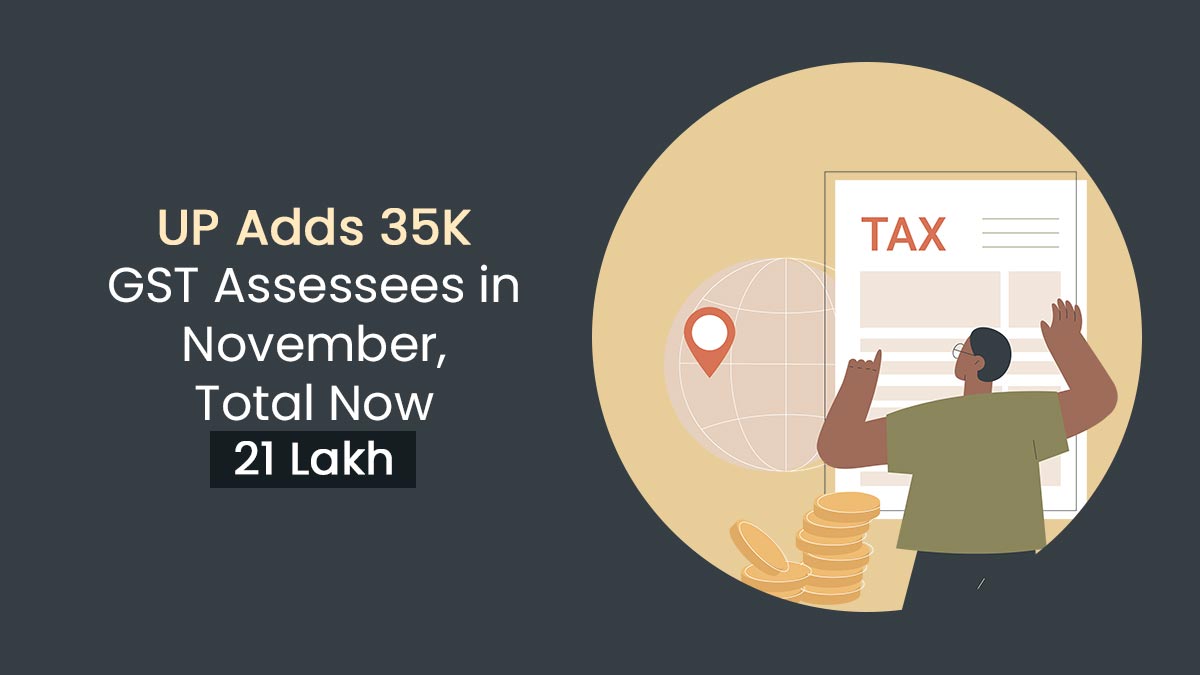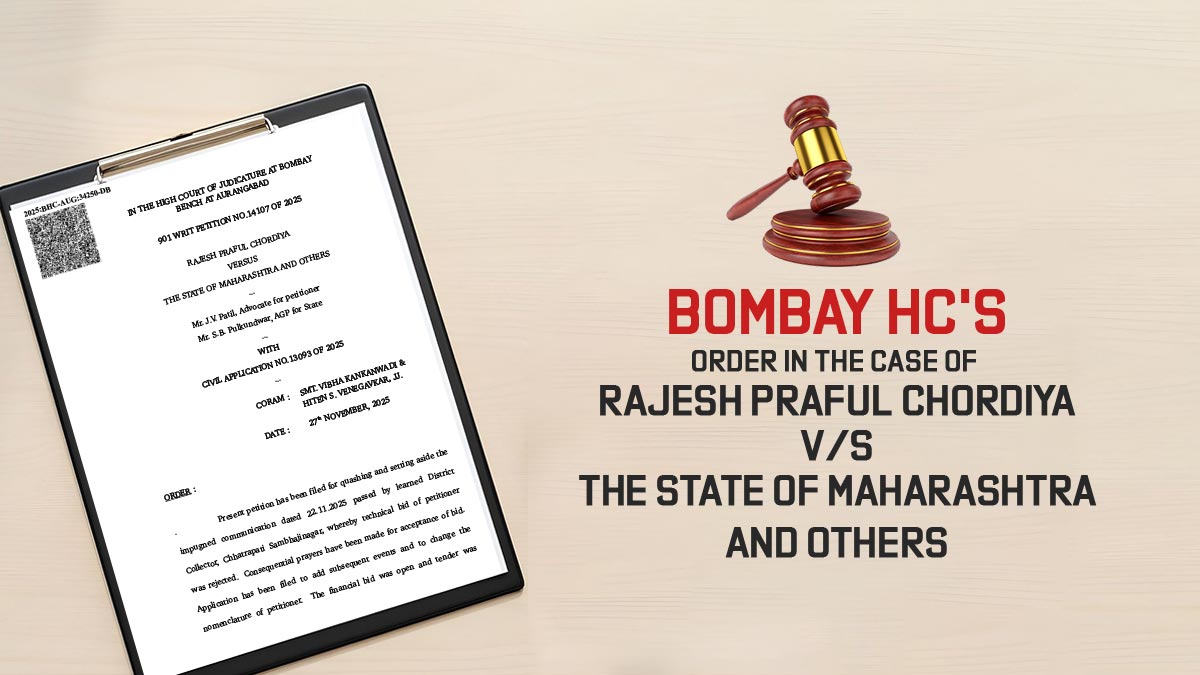
The number of E-way bill generation decreased to 8.60 crores in June from 8.81 crores in May, but it was still more than it was in April. The GST collection in July, for which data is not yet available and will be released on August 1, may be slightly affected by this.
E-way bill is an electronic bill that tracks the flow of goods and shows if taxes have been paid on a portal. Every registered person who causes the movement of goods (which may not always be on account of supply) with a consignment value larger than Rs. 50,000 is required to produce an e-way bill, as per rule 138 of the CGST Rules, 2017.
Both migrations within a state and between two states call for this. However, a State or UT legislature has the authority to determine the minimum value of products that must be moved within its borders.
The e-way bill generation reached an all-time high of 9 crore in March, according to data from GSTN (the IT branch of the indirect tax levy), which led to an all-time collection of Rs. 1.87 lakh crore in April. The generation decreased to 8.44 crore in April, and the ensuing collection in May was Rs. 1.57 lakh crore.
E-way bill generation increased to 8.82 crore in May, while in June, over Rs. 1.61 lakh crore was collected. With this in mind, the July collection is expected to be in moderation. Now, it is expected that July’s revenue will range from Rs. 1.55 lakh crore to Rs. 1.60 lakh crore.
The goods, consumers, and services used in the previous months are reflected in the monthly tax collection. Additionally, it’s possible that the transportation of the products occurred in the month of consumption or even one month before, which is why the creation of an e-way bill might affect a GST collection that spans two months.
| Months | E-way Bill (in crore) | Months | Collection (in Rs-Lakh Cr) |
|---|---|---|---|
| June 2022 | 7.45 | July 2022 | 1.49 |
| June 2023 | 7.55 | August 2022 | 1.44 |
| August 2022 | 7.82 | September 2022 | 1.48 |
| September 2022 | 8.40 | October 2022 | 1.52 |
| October 2022 | 7.69 | November 2022 | 1.46 |
| November 2022 | 8.07 | December 2022 | 1.49 |
| December 2022 | 8.41 | January 2023 | 1.57 |
| January 2023 | 8.24 | February 2023 | 1.49 |
| February 2023 | 8.18 | March 2023 | 1.60 |
| March 2023 | 9.09 | April 2023 | 1.87 |
| April 2023 | 8.44 | May 2023 | 1.57 |
| May 2023 | 8.82 | June 2023 | 1.61 |
| June, 2023 | 8.61 | July 2023 | TBA |
The S&P Global Purchasing Managers Index (PMI) for Manufacturing provides the first indication of the flow of goods and the development of e-way bills. After reaching a 31-month high of 58.7 in May, the S&P Global India Manufacturing PMI declined to 57.8 in June 2023. The e-way bill generation also showed a similar pattern.
Read also: Revised GST Slab Rates in India FY 2023-24 by GST Council
Despite a potential decline in collections starting from June, economists maintain a positive outlook on the impact of a strong economy on collection efforts. The gross GST revenues for June, amounting to 1.61 lakh crore and reflecting an 11.7 per cent year-on-year growth, align closely with the 11.5 per cent growth observed in May 2023. Gautam Mahanti, Business Head at IRIS Business Services, highlights the significant 18 per cent year-on-year increase in domestic transactions, compensating for the decrease in collections from imported goods.
This upward trend is further supported by the rise in e-way bill transactions during the same period (8.81 crores in May 2023 compared to 7.36 crores in May 2022). Mahanti asserts that the positive momentum in the overall economic landscape is expected to continue, bolstering collection efforts in the forthcoming months.
As the 17–18 limitation period approaches rapidly and continuous attention is devoted to anti-evasion measures, Abhishek Jain, Partner and National Head of Indirect Tax at KPMG in India, affirms that the positive trajectory in collections is predicted to persist.









